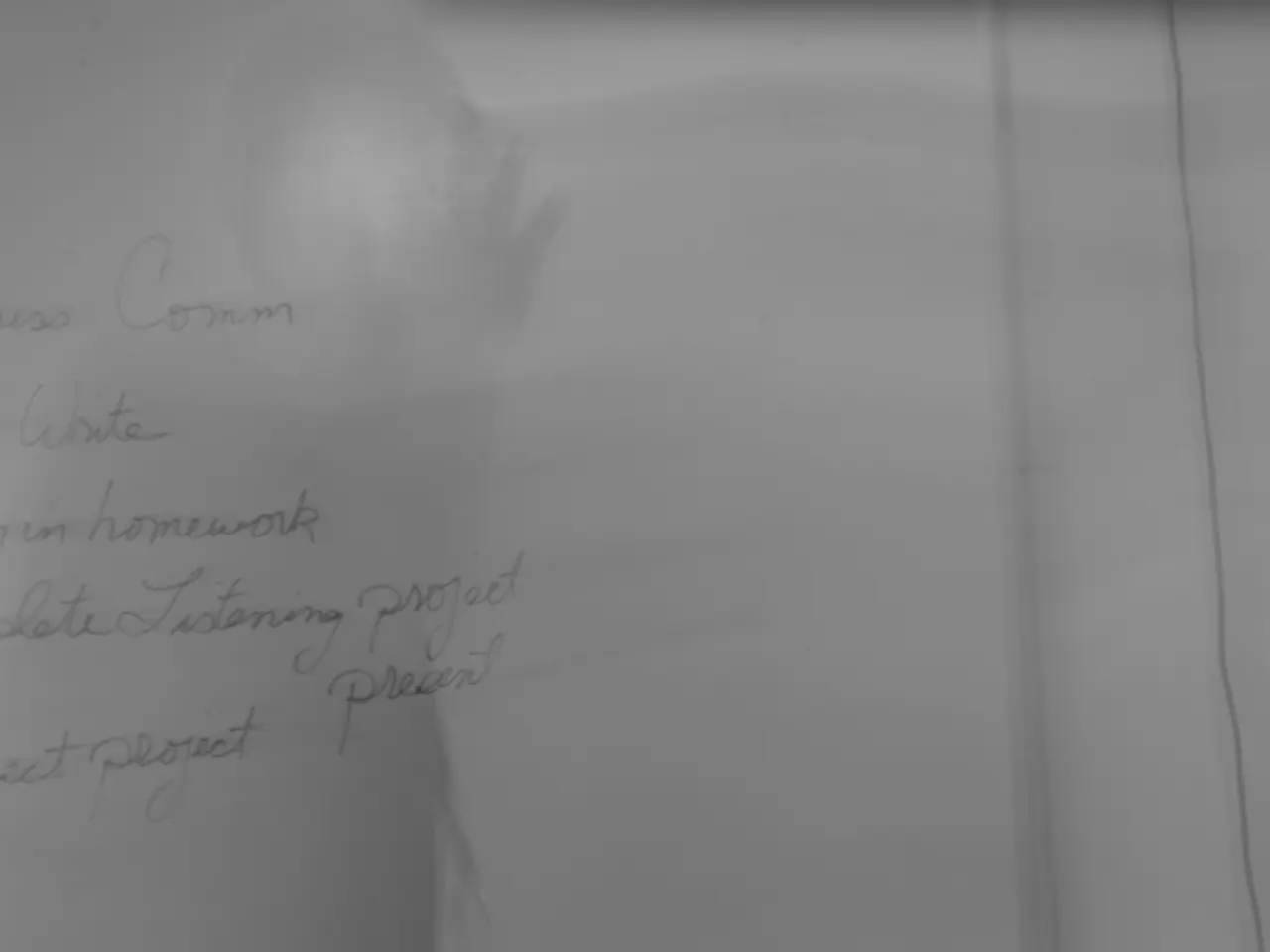New 'Pillars of Power' Analysis Method Challenges Oppressive Regimes
Understanding and challenging power structures is key to driving change. A new analysis method, 'Pillars of Power', focuses on key institutions that support a system or issue. This approach was successfully used in the 2000 overthrow of Serbian President Slobodan Milošević.
The Pillars of Power analysis identifies institutions that prop up a regime or status quo. These can be coercive, like the military or police, or influential, such as the media or education system. In Milošević's case, Western governments and NGOs, particularly from the US and Europe, were crucial pillars. They provided financial aid, training, and strategic support to the opposition group Otpor, enabling the successful peaceful protests that led to Milošević's fall.
Analyzing these pillars' internal construction helps determine where to have the most impact. For instance, Otpor targeted the police, a coercive pillar, encouraging them not to enforce orders to fire on protesters. This crumbling of support was pivotal in Milošević's downfall.
The Pillars of Power analysis is a potent tool for challenging oppressive regimes or status quo situations. By identifying and targeting key supportive institutions, activists can effectively weaken or disrupt power structures, as demonstrated in the removal of Milošević.
Read also:
- Dual-function mattress offers both cooling and coziness at an affordable price.
- Top-Notch Weed Killers for Fences in 2025: Efficient Boundary Management Solutions for a Clean Fence Line
- Southeast U.S. Becomes 'Battery Belt' With $40B Investment
- Automotive 2024 Event Highlights AI, Data, and Cybersecurity in Supply Chain






